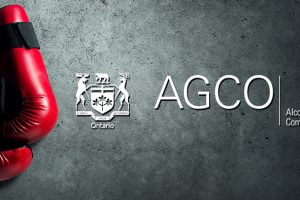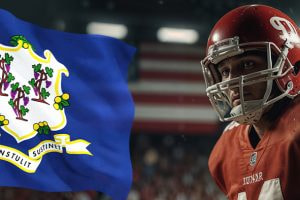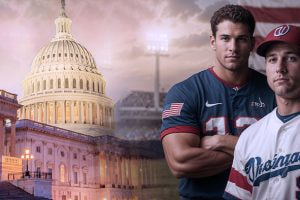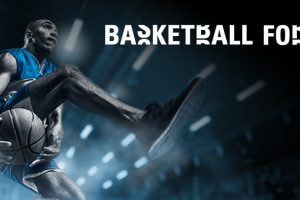Roy Brindley’s Horse Racing Guides (Part 2): Going Descriptions and Equipment
In today’s part of Roy’s racing guides, we will look at the going description and equipment used in horse racing. This series is intended to help those looking for advice relating to horse racing betting.
What Are the Different Types of Going in Horse Racing?
In British horseracing, there are six different going descriptions.
Heavy: Rain sodden muddy ground makes for heavy going. It is rare in the summertime, but tracks can regularly be described as heavy in winter months. It is most commonly associated with national hunt racing and can see races have a slow-motion finish.
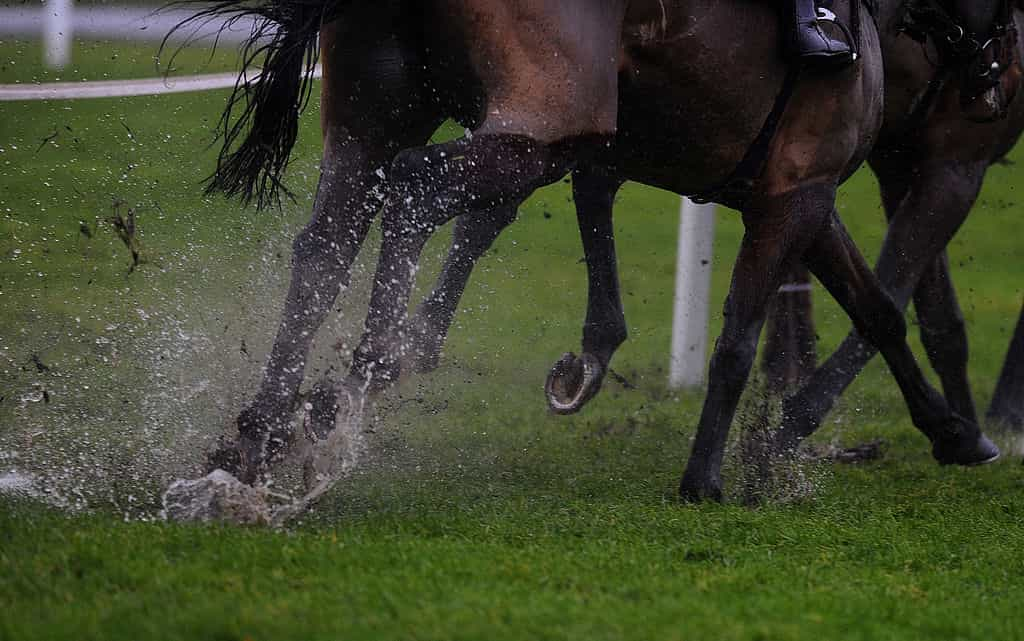
Soft: Less tacky and stamina-sapping than heavy going, this ground will still see hooves dig deep into the surface. It is unusual to see horses noticeably quicken in the closing stages in any race staged on soft ground.
Good to Soft: The mid-way point between soft going and ground is acknowledged to be the ideal racing surface – good.
Good: The ideal surface whereby most horses perform to the best of their ability, good ground is not testing, and it is also considered the safest of all surfaces.
Good to Firm: A brisk wind and some sunshine can dry any ground. Good going can quickly become much firmer meaning horses no longer bounce off the surface, instead they rattle. This going often occurs when there has been a prolonged dry spell and course officials have artificially watered the track.
Firm: Very unpopular with trainers as the lack of give on a firm surface can cause small injuries to horses – commonly known as ‘jar’. Hot weather is to blame so this phenomenon only occurs in high summer during the flat race season. Races on firm ground tend to only attract small field sizes.
What Are Blinkers and Why Do Some Horses Wear Them?
Blinkers, plastic eye cups attached to a nylon hood. Blinkers keep horses from seeing what nature meant them to see, which is just about everything as horses have a wide peripheral vision – around 340 degrees – due to their eyes being on the side of their heads.
Restricting a horse’s field of vision, and essentially allowing them to see forwards only, aids the concentration of some racehorses who in turn, run faster.
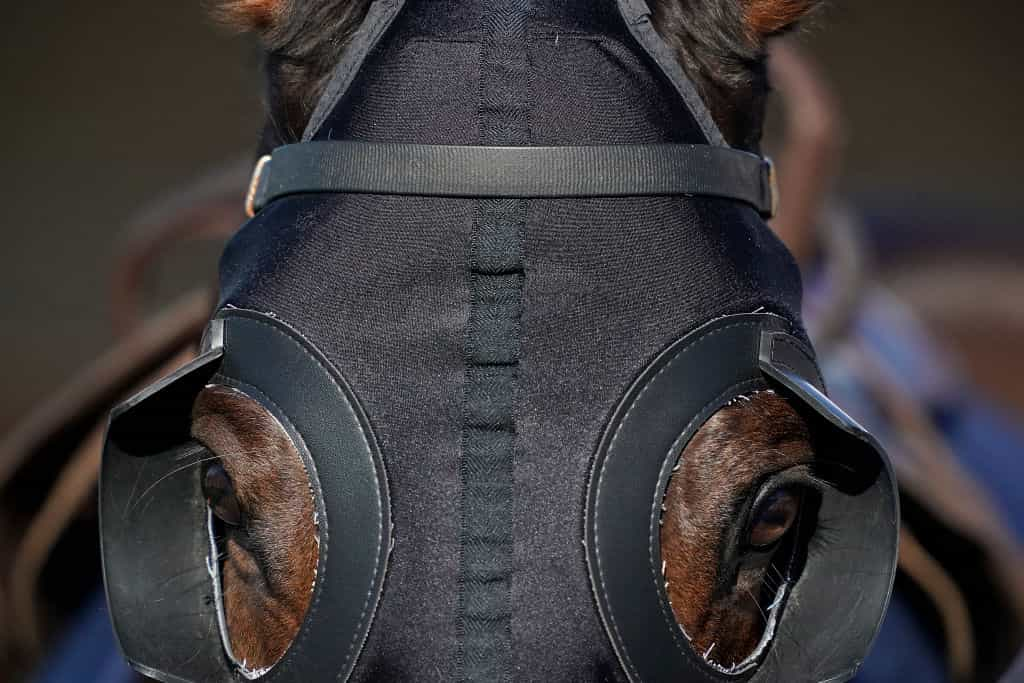
Why Are Some Horses Given a Tongue Tie During Races?
A tongue tie secures a horse’s tongue, so it does not move during a race. By tying a horse’s tongue to its lower jaw, a horse cannot swallow its tongue which will cause a blockage in its airway.
Why Do Some Horses Wear Cheekpieces?
Cheekpieces have a similar effect to blinkers whereby they prevent a horse from being able to see behind them.
